How to Play: Tumble Bow
The last set of nerfs that we ended up getting was absolutely sweeping. I mean that in the most literal sense in that it swept entire archetypes off of the front stage and into the dust bin of the meta.
I’m Jordan “WhatAmI” Abronson, and I’m here to remind you that there’s at least one powerhouse from the last go around that got off with a slap on the wrist and is still here to kick some serious ass.
To explore more new decks head to our community Deck Library.
Or, head to the Deck Builder to make your own creation.
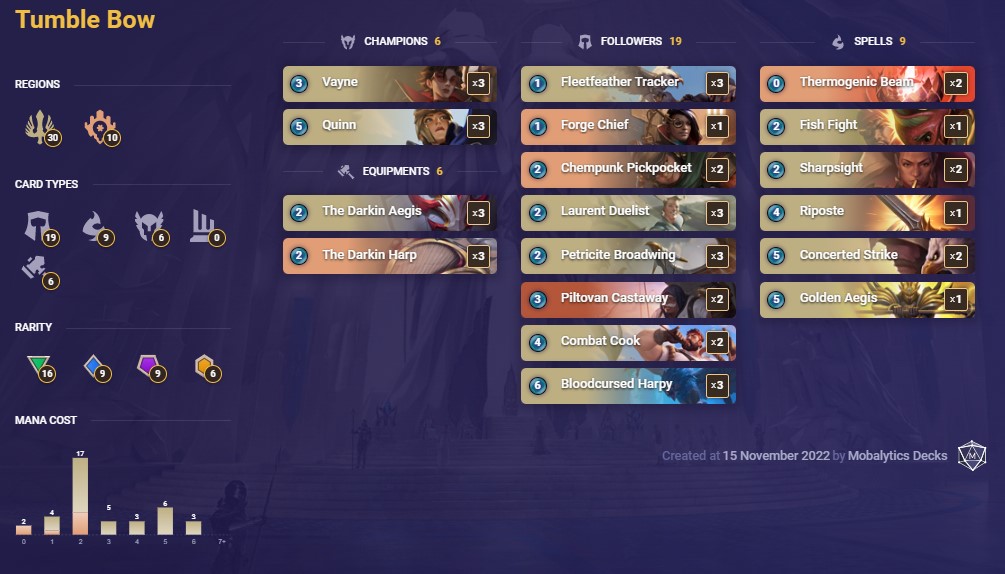
Deck Code: CECQEAIADU3QCBIABQBQMAALCUOACBQEBAAQEAAGAUBACBA3FMAQGAAOAEDAMHIBAYAAMAICAAAQIAIFAQMQCBQACEAQIAACAEAQAJI
Interactive Aggression
Those words don’t often go together in the context of card games, but in this deck, they pair up in an absolutely brutal fashion.
Trying to play any kind of reasonable creature versus creature-game against this deck quickly turns into a nightmare in much the same way it did with old-school Shen/Fiora.
When every turn is threatening and forcing hard choices between awful trades and quickly sinking life total while still having interaction and solid removal it becomes exceedingly difficult for your opponent to get off the back foot. This is Demacia the way Demacia was meant to be played.
Best of all because of the power of the Darkin weapons we even have quite solid endgame threats. When The Darkin Harp transforms it will close out games extremely quickly.
Not to mention a suited-up Bloodcursed harpy simply beating your opponent down as they look in horror at their vengeance is a lovely feeling.
Phase One: Establishing an Engine
While many people might look at this deck and call it a straightforward aggressive midrange pile or shudder a “tempo” deck, it actually most often plays as if it has a combo game plan.
Not one big combo that instantly wins the game, but many smaller ones that demand individual answers or threaten to run away with it.
Primarily what you are looking to do is set up one of your ten pieces of equipment with a powerful carrier and go to town on your opponent.
I say ten because while the Darkin Aegis and Harp are your defaults the improvised weaponry that Piltovian Castaway and even Combat Cook can provide are important backups.
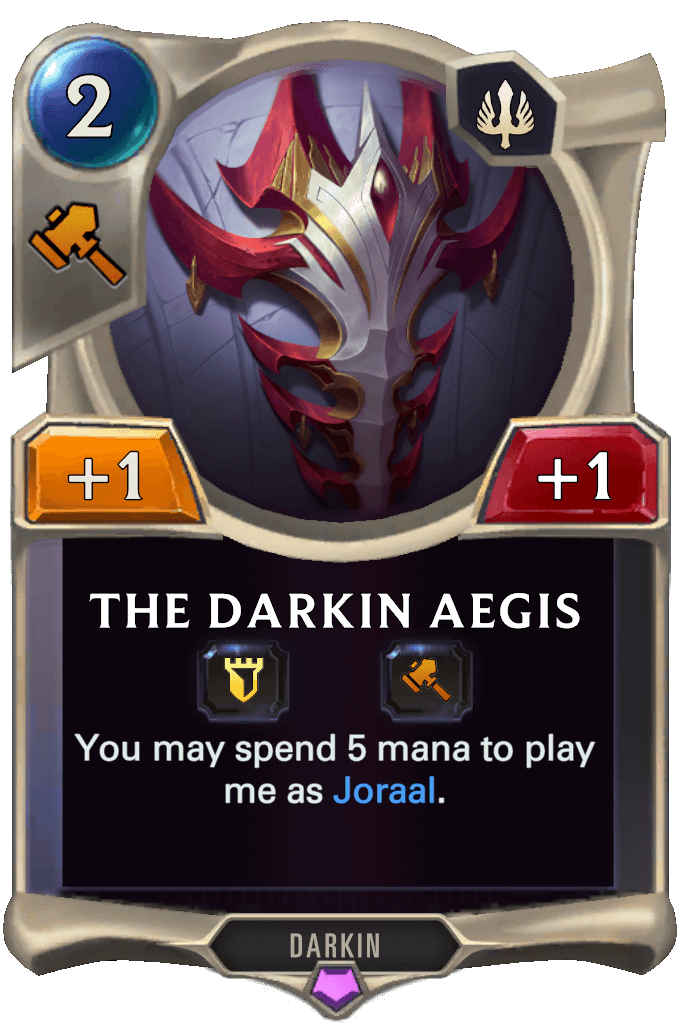
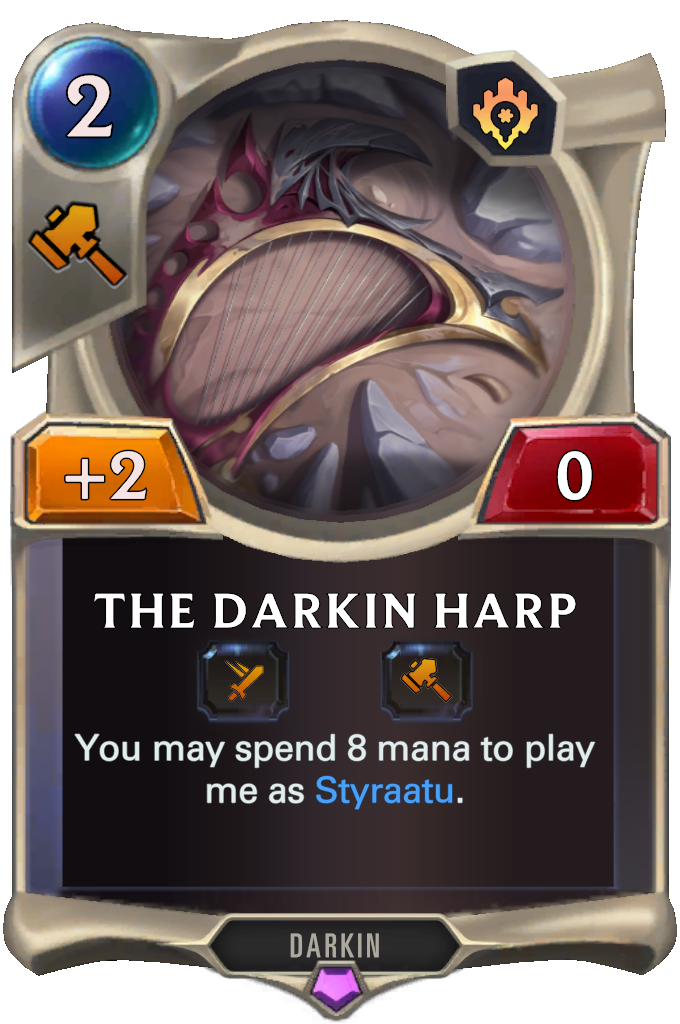
The main trick with this phase is understanding that in most games, whatever engine you start with will not be where you finish.
We tend to have a surfeit of tools to create dangerous Challenger threats and a small smattering of spells to directly interact with our opponents once we do so.
What that means is that when they are so ungracious as to interact with us instead of simply keeling over dead to our first presented question, we need to carefully evaluate our resources.
I will quite often let even an important piece such as Vayne go presuming I have one or more synergistic replacements instead of spending an irreplaceable combat trick. In the same way trading units is often more valuable than using one of the only five direct removal spells in our deck, unless absolutely necessary.

Phase Two: Finding the Moment
A lot of the skill in piloting this particular pile of challenging nonsense comes in figuring out the correct moment in the game to go all in on the board you are attempting to create. This moment will present itself based on the hand you have as well as whatever reads you can get on your opponent.
While we do have some real late-game play, we are definitely not a control deck, and we can reasonably expect to run out of cards at some point. Therefore the trick is to find the key points at which to leverage the tools we have to run our opponent over before they can recover.
This will most often come around turn five or six when your champions are getting fully online backed up by equipment, or a Harpy comes down to really lock away the game for us. Every once in a while, it can be earlier though.
If I curve out Fleetfeather Tracker into Chempunk Pickpocket and have a read that my opponent may be on a low removal hand, maybe we close our eyes, slam a bow on turn three, and go for it. Sometimes all you need is a 4|1 Challenger Quick Attack with backup coming in on turn three. After all, Vile Feast is not real and absolutely cannot hurt me.
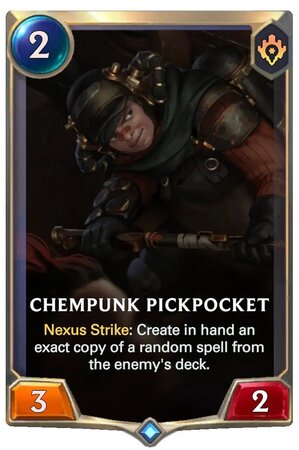
Phase Three: Darkin Destruction
We don’t really want to reach this phase, but one of the key power points of this deck is that we can grit our teeth and make it work. This comes primarily from the fact that after we are done using our Darkin weapons as powerful combo enabler they can eventually turn into threats themselves.
The Darkin Aegis is a cute Challenger unit that can occasionally put in good work and cause some more controlling decks fits, but it’s not really what I am talking about here. When The Darkin Bow flips up and makes its entrance it demands an answer all on its own and in short order.
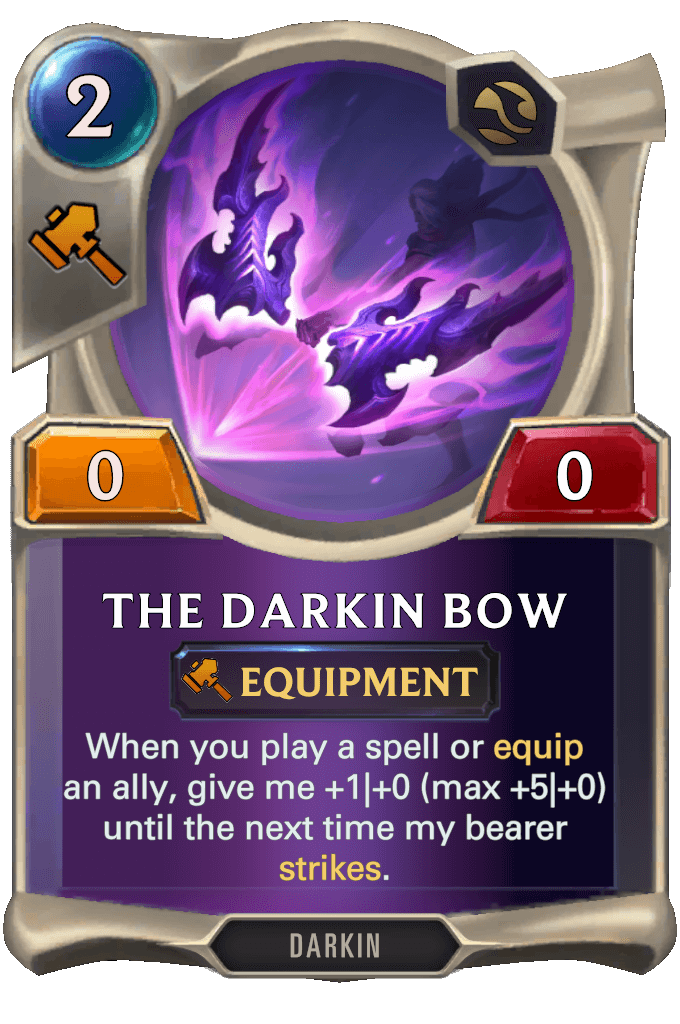
Failure to do so will lead to us simply burying our opponent in an avalanche of card advantage. You might think that a six-health unit on turn eight is not that hard to remove, and you’d be right. However, this will be after we have forced our opponent to spend an entire game using resources to stay alive.
When put in that particular light it becomes easy to see how dropping our last impressive threat on turn eight can put the nail in the coffin of an opponent who had just barely managed to squeak through all the other questions we asked. Or, to put it another way: whether they work particularly often or not, having moments where your deck goes “Oops I win,” is extremely powerful.
Key Choices
One of the odd things that will pop out to the discerning Runeterra player on the first examination is the one of Forge Chief. I like that card as a fourth one-drop that can happily wield an equipment on two. You basically never want to double-draw it, but it can do some good early-game work and hedges well against aggro.
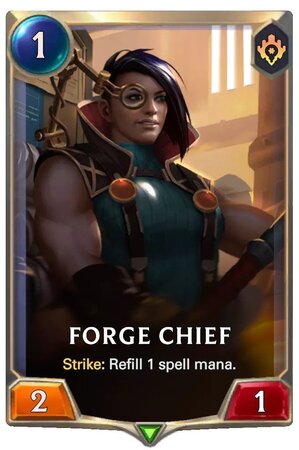
Chempunk Pickpocket is another choice that looks odd at first but when you realize that this card has pseudo Challenger it starts to make more sense. Even better if you have other Challenger units for all of your opponent’s blockers then free cards is quite a nice way to win a game.
Last but not least I will draw attention to the newly buffed Laurent Duelist. A 2|2 for two mana might not be the most impressive of statlines but slapping Challenger onto whatever you choose can be an absolute beating.
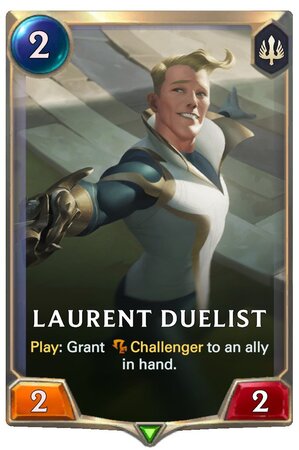
Vayne, Quinn, and Bloodcursed Harpy all love being able to decide how your opponent blocks. You can even simply drop the buff onto either of your improvise units and charge in to have a grand old time.
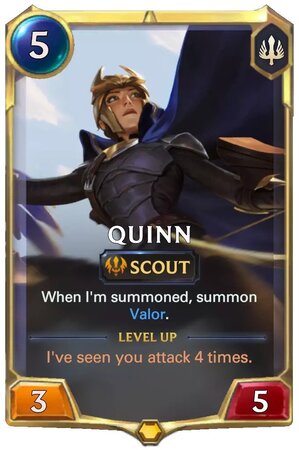
All in all, this deck packs a powerful punch in a myriad of areas and is able to compete in a solid fashion at all different points of the game. I’ve frankly been surprised by how little it has showed up on ladder so far and expect it to spike hard in the not-too-distant future.
If you have any questions, feel free to ask WhatAmI during his streams (Tuesday-Thursday around 3PM PST and weekends for tournaments).
WhatAmI streams at twitch.tv/xxwhatamixx Tuesday-Thursday
Subscribe to our newsletter:
Don’t miss out on all of the latest LoR content!
 Download APP
Download APP